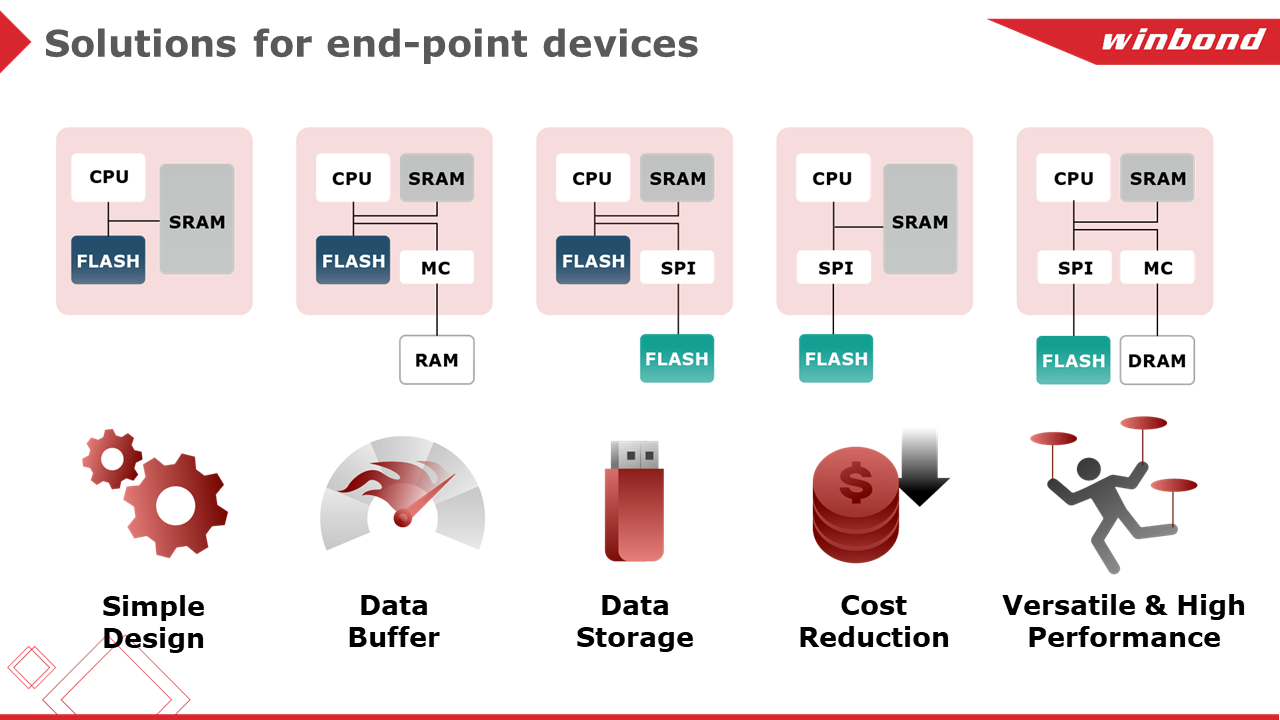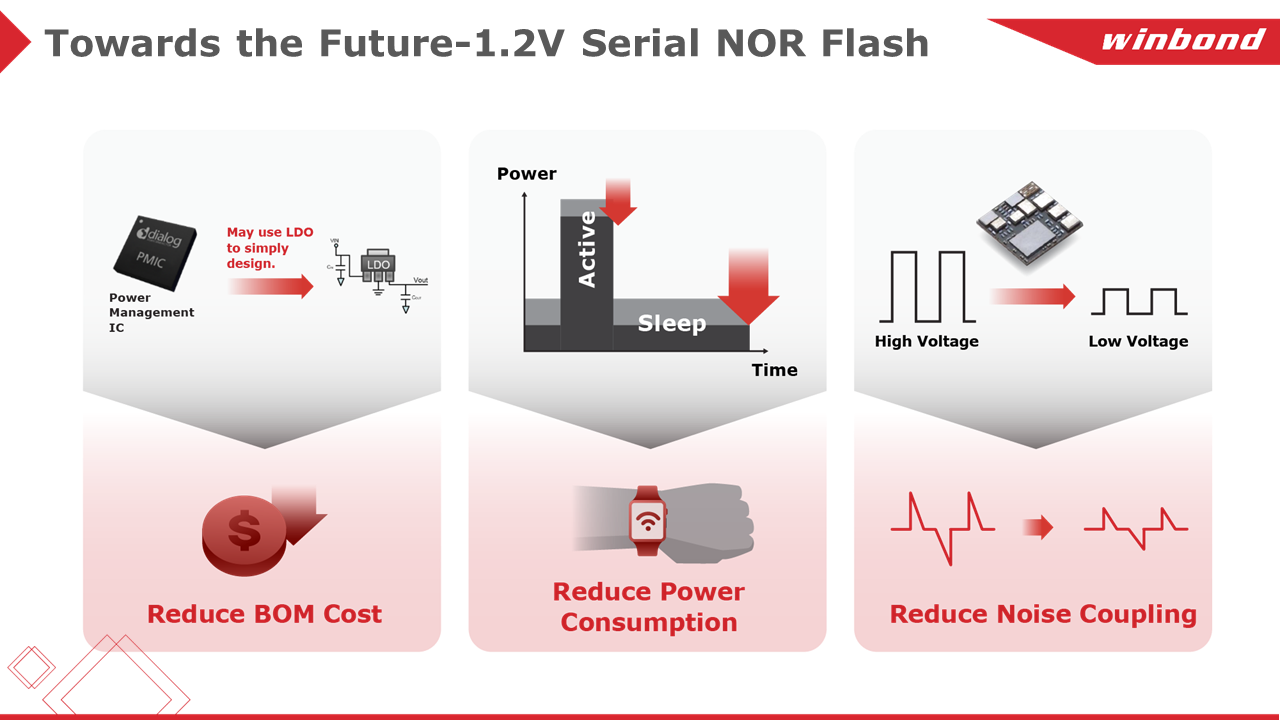From the rebranding of Facebook in October 2021, the $68.7 billion cash acquisition of video game giant Activision Blizzard by Microsoft and the promising launch of MR headsets by Apple, the metaverse has officially arrived in the tech world as the new "rising star".
The two most crucial pillars supporting the metaverse development are computing and storage. But as metaverse nova in the computing arena has begun to emerge, the major storage forces have also started the overall arrangement of the metaverse. In the second half of last year, manufacturers in Taiwan had already begun to benefit from the metaverse boom, which, in turn, reflected on the stock market and drew the attention of the Capital Market.
Since then, Taiwanese storage manufacturers have moved fully towards self-developed DRAM. So, will the arrival of the metaverse help them reach a new level?
Opportunities the Metaverse Brings to Storage Manufacturers
According to PwC's estimate, the metaverse market will exceed $1.5 trillion by 2030, with semiconductors being one of the key driving factors in its development. The semiconductor industry will likely usher in new growth with the progress of the metaverse market, with the strongest push coming from semiconductor products related to computing.
For now, improving computing ability is not distinguishable from storage; therefore, storage chips play a crucial role in developing the metaverse.
Just as computers and mobile phones were instrumental in the development and adoption of the internet era, so are terminal devices vital to the adoption and growth of the metaverse era. Due to their vast base, terminal devices have drawn the industry's attention as pioneers in the metaverse market. Therefore, the first wave of storage chips in the metaverse terminal device market may bring new development opportunities to storage manufacturers.

Currently, the hardware needed to enter the metaverse is centered around AR and VR devices.
In a simple AR/VR device, different types of memory are needed - the main computing chip requires DRAM, and at least two flash chips are necessary to support the display and communication functions. The higher the performance requirements, the more MCUs or ASICs and corresponding flash memory are needed. Some flash chips use KGD technology with an integrated ASIC in one package to overcome the size restrictions AR/VR products have.
As the demand for the metaverse grows, so does the need for security regulations. Currently, all MCUs or SoCs in AR/VR devices must meet related network security requirements, which means that several secure Flash chips are also required in AR/VR devices.
Two of the top five DRAM manufacturers worldwide are based in Taiwan. Winbond is well-known for producing niche DRAM, which focuses on the medium and low densities widely used in consumer electronics, communications, industry and automotive for high performance and high speed.
However, the DRAM required by the metaverse demands immediacy and low latency, which suggests that high-bandwidth DRAM must be used to meet these requirements. As a result, global storage manufacturers are competing for high-bandwidth DRAM. Now, being faced with this new demand, storage manufacturers must not only have the knowledge base but also need the corresponding strength.
Since last year, many Taiwanese storage manufacturers have begun to use their technology to produce DRAM to gain market share in the memory market as new applications and avenues arise. Winbond is well positioned to grow in the memory market thanks to its high-performance and low-power memory core design technology, combined with production capabilities with its-inch fab.
The metaverse uses human senses to entirely create a believable real/virtual interaction through sight, sound and interactive touch. To make this immersive experience, the system must perform flawlessly with low-latency, high-traffic data exchange to enable smooth effects playback. For this reason, energy-efficient, stable and secure flash memory has become the critical choice for these devices.
Metaverse applications, like IoT applications, must meet cybersecurity-related regulations in response to emerging security regulatory requirements. In this regard, Winbond has launched the industry's first TrustME® Secure Flash Memory, which has passed the Common Criteria EAL5+ certification of the international security organization and is ideal to be used in applications that are required to improve system security.
Winbond's Advantages in the Metaverse Terminal Device Market
Winbond Electronics is one of the storage manufacturing giants in Taiwan. They have planned systematically in the fields of DRAM, flash and secure flash memory chips and embraced the arrival of the metaverse terminal device market.
Winbond's memory products are generally used to work with processors. For example, independent image processing chips require small-capacity memory, whereas eye-tracking or ultra-high-definition analytical display functions require small-capacity, high-bandwidth and low-power DRAM products.
DRAM is responsible for buffering the main chip and co-chip computing or storing AI models and OS. Winbond currently provides products with small capacity, low power consumption and high bandwidth, such as 1Gb/2Gb DDR3/LPDDR3/LPDDR4.
The metaverse is not just terminal products but also the high-speed and low-latency network, the AI-assisted environment supported by edge computing, and the cloud platform that provides a large amount of storage and runs the entire virtual environment. These critical factors work behind the scenes to help bring a realistic metaverse concept to life.
Terminal devices and cloud platforms rely on flash memory to maintain the system's functions. However, within such a large selection of flash memory offering different capacities, different operating temperatures or package sizes, and even different considerations for system security – it's difficult for systems designers to make the best choices. Winbond product planning helps customers meet their system requirements and optimize overall performance.
VR/AR sets need to be connected to a high-speed network to ensure high-quality and AI-assisted images can be presented smoothly and monitor the user's variation. Therefore, significant consideration should be paid to the Flash selection. Winbond Electronics provides a complete product line to meet the needs of ASICs in the system, whether on operating voltage or production capacity. More importantly, they also offer a variety of packaging methods, including SpiStack, so that VR/AR devices can have more choices in miniaturization and lightweight.
Winbond has now launched the industry's first 1.2V Serial NOR Flash, which helps systems use high-performance ASICs to reduce overall cost and power consumption effectively.

Secure storage is the core of hardware security and the foundation of network security. In this field, low-power and high-performance memory products (NVM and DRAM) will be the future development trend that best benefits the metaverse. To this end, Winbond has launched TrustME secure flash memory, enabling the root of trust and scalability. TrustME Secure Flash includes W76S, W75F and W77Q series products, which meet various security certifications, helping customers save workload and speed up time to market.